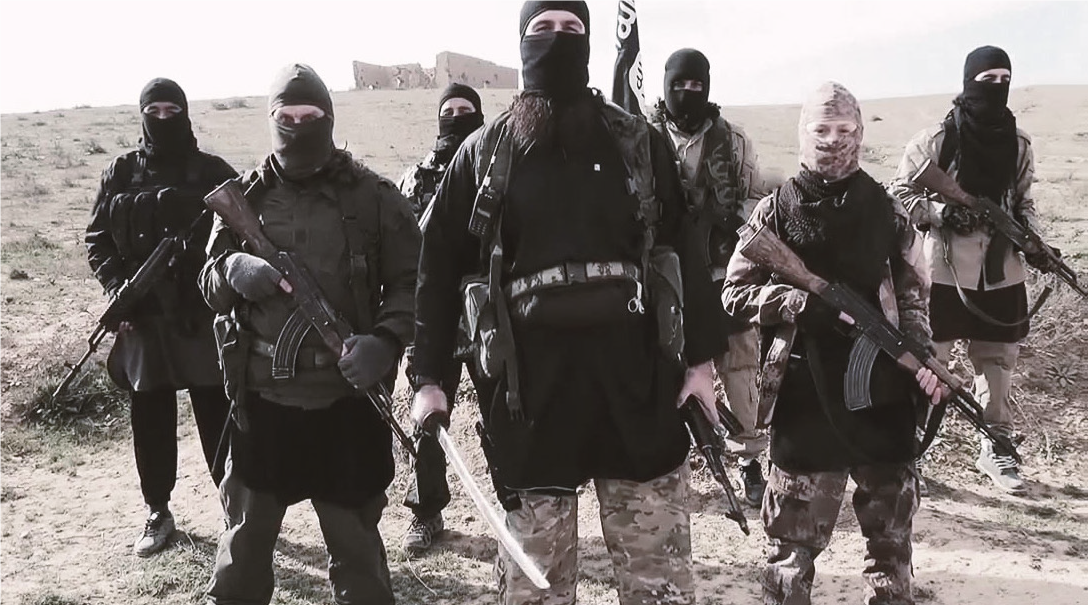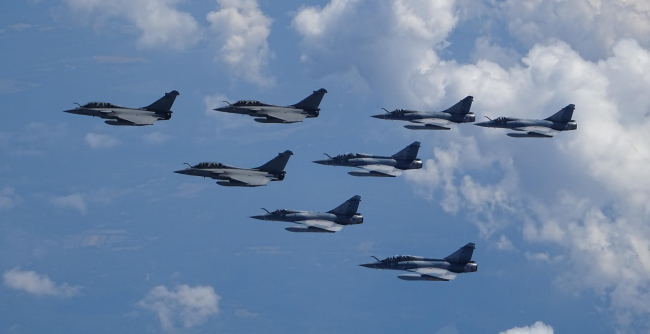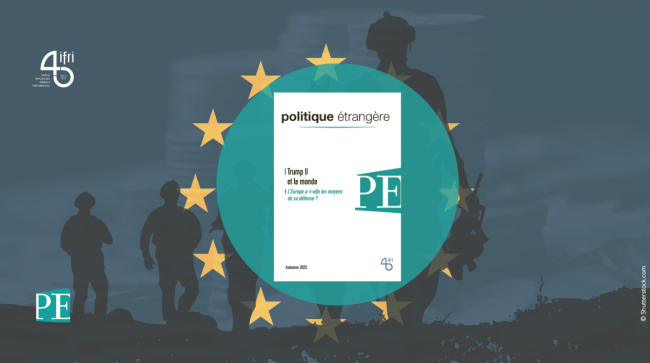137 Shades of Terrorism. French Jihadists Before the Courts

This study, based on original judicial sources, assesses the profiles of 137 individuals sentenced in France for cases related to jihadism.

Among other things, the study reveals several common denominators including a lower level of education, poorer integration into the labor market, higher levels of criminal activity, and stronger ties to the Maghreb and to sub-Saharan Africa than the average French citizen. Moreover, a qualitative analysis provides an understanding of the processes of radicalization and subsequent participation in terrorist activities. As such, it expounds the role played by group dynamics, the internet, and prisons. This study further illustrates the strains imposed on the judicial and penal systems by the jihadist phenomenon. Relapse is specifically explored, notably through the cases of individuals convicted of terrorism, who, after serving their sentence, launched attacks on French soil. The subject is all the more topical in light of the likely release from prison of some sixty individuals, sentenced for acts of terrorism, in the upcoming two years.
Exclusive preview of the study (click here to access the whole presentation)
Download the full analysis
This page contains only a summary of our work. If you would like to have access to all the information from our research on the subject, you can download the full version in PDF format.
137 Shades of Terrorism. French Jihadists Before the Courts
Related centers and programs
Discover our other research centers and programsFind out more
Discover all our analysesSaudi Arabia’s Nuclear Temptations. Lessons Learned from Regional Instability
Saudi Arabia’s integration in the international arena and regional stability, notably through reducing its dependence on fossil energies, are crucial elements for the success of the Kingdom’s Vision 2030, the Crown Prince’s top priority. However, Mohammed bin Salman’s declarations in 2018 and 2021, indicating that “if Iran develops a nuclear bomb, we will follow suit as soon as possible”, combined with the recent strikes on key Iranian nuclear facilities, do not bode well for the future of the Kingdom, the region and the non-proliferation regime at large.
The Future of Air Superiority. Command of the Air in High Intensity Warfare
Air superiority, understood as control of the air, is a cornerstone of the Western art of warfare. It is a decisive condition, albeit not sufficient by itself, to achieve military victory, as it enables the concentration of air power toward the achievement of wider strategic objectives and protects other components from unbearable attrition levels. It is best achieved through the offensive use of air power in a joint effort to neutralize the enemy’s air power.
Europe Uncovered?
As Russia continues to threaten Europe, the Trump administration is making no secret of its desire to withdraw—at least partially—from the defense of the Old
Continent in order to focus on strategic competition with China. It is thus putting pressure on its European allies to increase their investment in the military sector. The NATO Summit in The Hague in June 2025 resulted in ambitious commitments by member states to increase their defense spending.
How should Britain and France cooperate to realise the Northwood Declaration?
During his state visit to the United Kingdom (UK) last week, Emmanuel Macron, President of France, signed a joint declaration with Sir Keir Starmer, Prime Minister, on nuclear cooperation between Britain and France. The Northwood Declaration highlights that while both countries’ nuclear arsenals remain sovereign, cooperation on nuclear deterrence can ‘contribute significantly’ to the security of the North Atlantic Treaty Organisation (NATO) and the Euro-Atlantic region.












